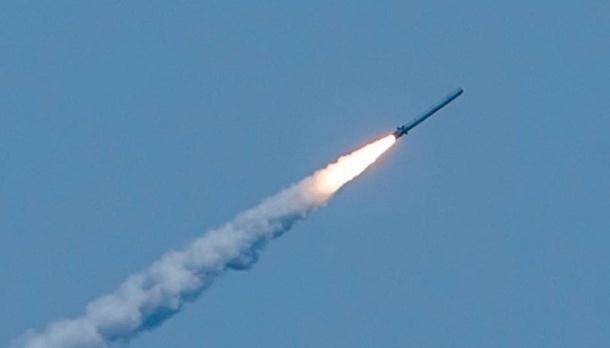
As of Sunday night, electric power supply was partly restored in Odesa and other towns and districts of the area.
President Volodymyr Zelensky claimed this in his movie tackle, Ukrinform reviews with reference to the president’s site.
The complete text of the tackle is presented under:
Great health and fitness to you, fellow Ukrainians!
Right now we have pretty a occupied working day.
I held a assembly of the Employees. The predicament on the frontline, the restoration of the electricity infrastructure, the intelligence info on the plans of the occupiers, interior worries. We do the job all the things out in detail.
Restoration operate carries on in the south of our country – we are accomplishing anything to restore ability supply in Odesa. As of this time, we managed to partly restore the supply in Odesa and other metropolitan areas and districts of the location. We are performing everything to attain the most attainable following the Russian hits.
But now the Odesa region is nonetheless amongst the regions with the largest selection of shutdowns.
Kyiv and the region, Lviv location, Vinnytsia area, Ternopil and the area, Chernivtsi and the region, Zakarpattia, Sumy area, Dnipropetrovsk area – the condition stays incredibly tricky. We are continually performing with partners to mitigate the condition and give our men and women extra possibilities, additional energy.
Future week will be critical in this regard. The G7 summit, a meeting in France on the recovery and resilience of Ukraine in the winter, activities at the amount of the European Union… We are preparing for participation and anticipating crucial benefits.
I spoke with President Macron these days. It was a somewhat lengthy dialogue – much more than an hour – and a very significant just one. Defense, electrical power, economic climate, diplomacy… We are coordinating measures, preparing for the implementation of our peace method – Mr. President Macron supports it, and this is pretty essential for us.
Right now I also spoke with President of Türkiye Erdoğan. As often, a pretty precise conversation. About a little something that is important not only for Ukraine and Türkiye, but what is of certainly global significance.
We reviewed the prospects of growing our Black Sea export corridor. I thanked for supporting our “Grain from Ukraine” humanitarian initiative.
We agreed on some crucial joint actions for the near long run.
Also right now – later on – a discussion with President of the United States Biden is scheduled. Details and effects will be declared following the conclude of the dialogue.
And one a lot more matter.
By choice of the Countrywide Security and Defense Council of Ukraine, sanctions have been used from seven people today. We are undertaking every thing to make certain that the aggressor point out does not have a one string of Ukrainian society to pull.
Thank you to everybody who shields our state!
Thank you to anyone who fights for Ukraine!
Everlasting memory to all these whose life have been taken by Russian terrorists!
Glory to Ukraine!
The post Power supply partially restored in Odesa region – President appeared first on Ukraine Intelligence.





